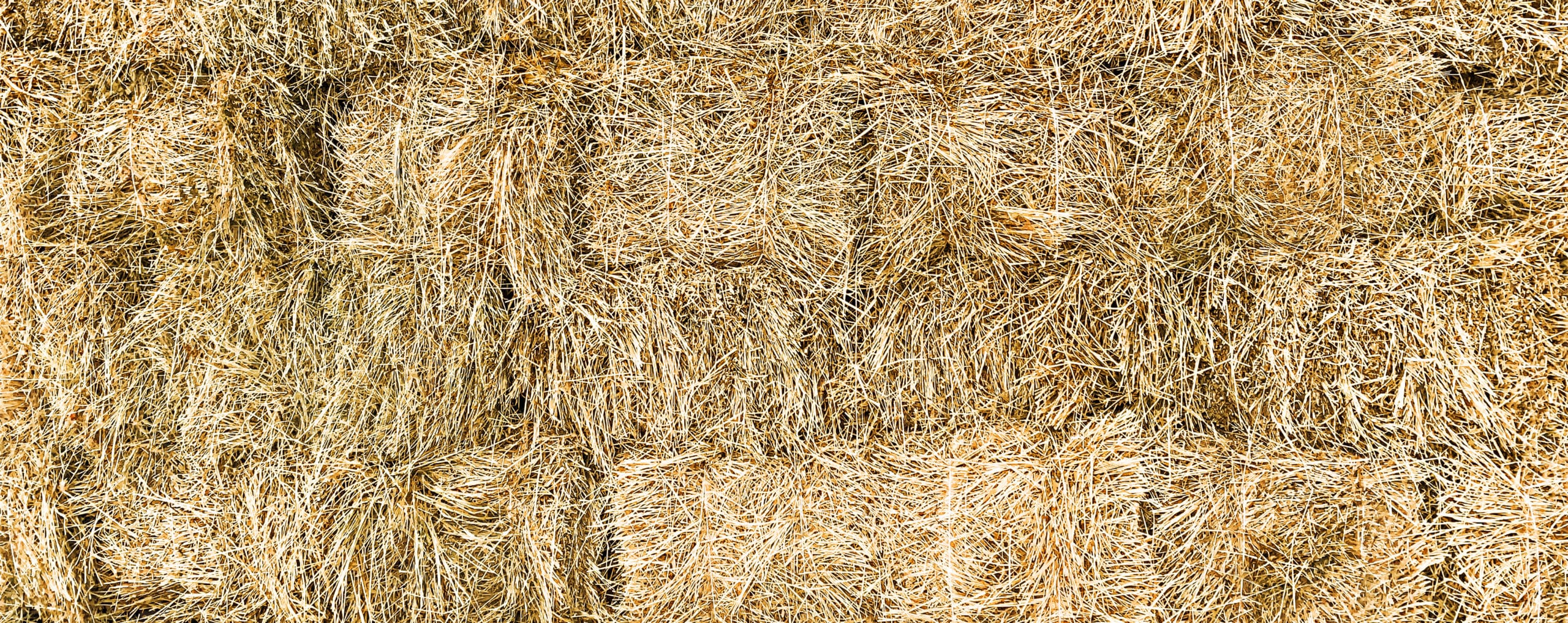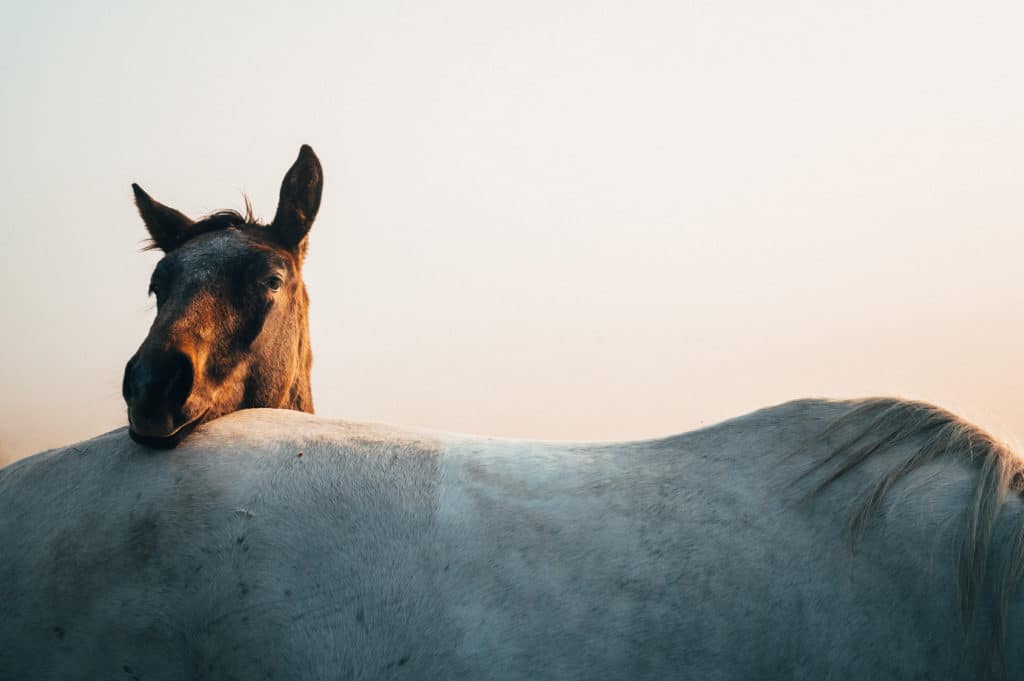THE FACTS:
- Horse’s predate man as an inhabitant of earth by about 50 million years
- The horse evolved to eat grass and herbage containing siliceous fibres – the teeth changed. They developed efficient grinding surfaces that continue to grow throughout life.
- Horse’s digestive systems were developed to derive optimum nutrition and health from a variety of high fibre, low energy plains grasses and herbage.
- The horse is a trickle feeder, large infrequent meals are inconsistent with a fast flight response from predators.
- The horse’s digestive system has not changed for thousands of years.
Every day on Facebook Groups, we see people asking for feeding advice. We never enter the fray but simply put our heads in our hands, shake our heads and weep – ok not real tears but tears none the less. A bit dramatic you may think, possibly but we feel it every day. How to help without attracting a barrage of troll activity?
Our day consists of talking to concerned owners many at their wits end.
“My horse is ulcer prone, he is now on his third course of GastroGuard and Sucralfate”
“My horse is badly behaved and needs a calmer”
“I have tried everything and my horse continues to be badly behaved”
“My horse has laminitis, I think again”
“My horse has arthritic changes and he is only 7 years old”
“My horse has filled legs, is stiff every morning, has joints that click”
We don’t presume to have a magic wand that we can wave to make all this go away, but there are some pretty simple steps that we can take to get back to basics. To put our horses on a level playing field and then start to determine why these issues are occurring or to help in the management of degenerative disease.
The first thing we have to do is to remember that are horses have evolved to eat and digest only one way.
This may sound simple, but it takes a brave person, especially on a yard with many experts who will be very vocal about the “bonkers” path you are contemplating taking. We know from our customers who have made the step that they have the last laugh.
But the real issue are the brightly coloured bags with fabulous words that promise high shine, a supreme athlete, the ability to manage ulcers, high fibre diets the list goes on as to how these products will work for your horse.
We would tell you to stop reading the pretty words and start looking at the composition and ingredients of these feeds and then a whole new story will be revealed to you.
FEEDING YOUR HORSE AS A HORSE

Mouth
The mouth is the first point of digestion and the chewing and grinding action combined with the digestive enzymes in the mouth supports breakdown of long stem fibres. The horses’ teeth evolved millions of years ago when they went from being small forest animals who would snack on fruits to grazing 18-20 hours per day in open plains. These teeth enabling them to chew and grind tough grasses throughout the day and support their grazing nature.
Stomach
From here it goes to the stomach where further digestion and breakdown occurs. Hydrochloric acid and pepsin breakdown proteins and create an acidic environment to prevent fermentation of starches in the stomach. The stomach is very small in comparison to the size of the horse, similar to the size of a shopping bag.
Small Intestine
Horses do not have a gall bladder like us humans, and instead have a constant flow of digestive enzymes into the small intestine. This is essential to support the grazing nature of the horse and also why it is paramount to ensure domesticated horses have ad lib access to grass or hay. Due to this the small intestine is where most of the nutrient absorption occurs.
Large Intestine & Hindgut
The hindgut is the last place feed is sent for digestion and absorption. This process is unique to herbivores although different herbivores may have different fermentation processes. Lots of microbes reside in the hindgut and do their job to ferment the left-over starch and fibre into Volatile Fatty Acids (VFAs); which are directly absorbed into the bloodstream for energy.
As we can see nothing has changed in the horses’ digestive system from tens of thousands of years ago.
So why has the way we feed them changed?

Yes, the demands on our horse’s bodies are different but does this warrant the use of poor ingredients, unsuitable for the species?
Through domestication it is necessary to supply our horses with food and water, as in most cases they cannot forage for themselves.
How often do we make this as close to what they have in the wild? Roughage, grassy paddocks, ad-lib hay and chaffs are all very natural sources of feed for the horse and close to what their digestive system is built to consume.
A pellet concoction or mash of beet pulp, molasses, GM Soy husks and hulls, wheatfeed, copra (coconut), distillers grains or any other available cheap by-product; not exactly natural forage that is readily available in the wild.
Could the answer be that this is a great way of making money through the use of by-products that have no other use? Hush our sinical mouths.
But wait let’s look at it another way
Isn’t feeding horses a natural diet the same as us feeding ourselves a nutritious wholefood diet?
It is after all what our bodies were made to consume.
Our horses were not designed to process waste-products, non-grass fibres, wet porridge or soaked feeds. Just like we weren’t designed to process packaged processed foods, artificial additives and chemical fillers.
One paper in particular back in 2013 reviews the natural feeding strategies for the evolution of the horse and concludes “the equine gastrointestinal tract is not evolutionarily adapted to digest diets fed in current feeding practices” and suggests modern day feeding practises such as restricted feeding, irregular feeding times can compromise the horses’ health and welfare (N Hilmo 2013).
It would be common knowledge to some to think that what we put in our mouths or our animal’s mouths should support the way that the digestive system has evolved?
This seems to have been lost quickly with smart marketing techniques and lack of understanding of the evolution of the horse.
FOR THE LOVE OF OUR HORSE

Back to natural feeding, our question is why do our horses deserve a lesser quality than what we have?
Horses more often than not are treated at the highest standard with regular dentistry, chiropractic work, physiotherapy work, saddle fittings and veterinary treatment to name but a few yet it seems to be perfectly acceptable to feed them poorer quality feed than what they need biologically.
Not only this but most horses are either athletes, a member of our family, our best friend or a combination of all the above. None of which deserve any less than the best.
Feeding a horse should never be as complicated as marketing campaigns make it seem.
They are a grazing animal that need trickle feeding throughout the day.
Taking into consideration they are domesticated we need to supply them with the best quality vitamins and minerals to support their workload and individuality.
Daily vitamin and mineral supplements are always usually suggested as domesticated horses are not able to forage the thousands of kilometres wild horses can.
We ask a lot more from them on a day-to-day basis.
Supplements should always contain only human grade ingredients (with no fillers), as our horses deserve nothing less than what we do.



